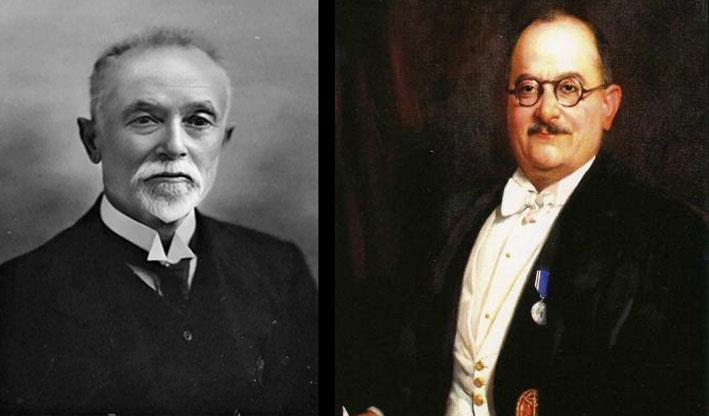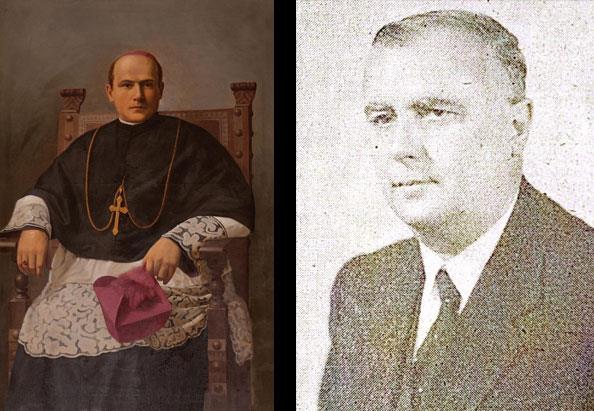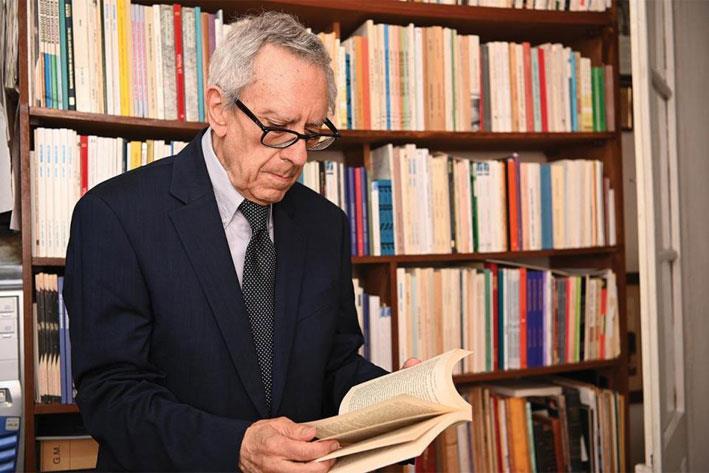On 9 May of next year Borgo Vilhena, known on paper and popularly as Floriana, will be commemorating the 300th anniversary since its birth. While 300 years of existence is a milestone, the future of this area remains up in the air when considering the drastic demographic changes she has suffered from since the Second World War.
The birth of Floriana goes back before the time of its greatest benefactor, Grandmaster de Vilhena, to 1634 to be precise. It was during that year when Italian engineer Pietro Paolo Floriani arrived in Malta during the reign of Grandmaster Antoine de Paule. The fortifications built by Floriani, aptly named the Floriana Lines, were a means of protecting the land just in front of Valletta. These stretched for more than four kilometres.
The area had to be barren in order to act as a trap for any attacking entity. Should an attacking army make its way through the Floriana Lines it would still find itself trapped inside the barren fortified area and would be rounded up by the knights.
A dilemma arose once Valletta had become overpopulated, whether or not, the barren Floriana area could contain buildings to house people. This became something necessary, however, as a result of this, the effectiveness of the area as a military trap would be affected.
This brings us to 9 May of the year 1724 when Grandmaster de Vilhena had given the go-ahead for the construction of the city of Floriana. The conditions under which the city could be built was that the buildings should be in grid formation, like those of Valletta, and not taller than one storey. A vast area was to be left unbuilt, between Floriana and Valletta, something which still exists today. As a show of solidarity with the new inhabitants, de Vilhena erected a statue of a lion holding his coat-of-arms on a fountain, an icon for future generations to remember their city's founder.
De Vilhena was also present during the laying of the first stone of the Floriana church in 1733 along with Bishop de Bussan. The church was dedicated to S. Publius, Malta's first bishop, saint and martyr.
Unlike common misconceptions, Floriana was not and is not an extension of Valletta. If this were so, de Vilhena would not have bothered with naming this new city Borgo Vilhena thus patronising it. Over the years since its nativity, Floriana had gradually managed to create its own distinct identity.

Sir Filippo Sceberras and Sir Luigi Preziosi

Bishop of Malta Mauro Caruana and Dr Herbert Ganado
Since 1724, the city of Floriana had become home to some of the most important national personalities of Malta. Personalities such as Sir Filippo Sceberras, who was the president of the Assemblea Nazionale which gave us our Self Government Constitution in 1921; Sir Luigi Preziosi known internationally for his original treatment methods of glaucoma disease; Robert Samut, who wrote the music of our national anthem; the renowned Maltese literary Prof. Oliver Friggieri; the influential politician and journalist Dr Herbert Ganado; lecturer of history Prof. Henry Frendo; former Bishop of Malta Mauro Caruana; Bishop Francis X. Fenech; historian Hannibal Scicluna; tenor John Lopez; current Parliamentary Ombudsman and Judge Emeritus Joseph Zammit McKeon, all find their roots in the city of Floriana.

Prof. Oliver Friggieri
Throughout the years, especially following the Second World War, Floriana has never experienced the political will and commitment for it to regenerate its ageing and ever-dwindling population. Three hundred years of existence is a great cause for celebration and commemoration. We cannot, however, keep remembering just the memories of the past without working to consolidate our future. As we have seen the past three centuries had produced personalities of a high calibre, however it is very likely, unless something is done, that the next three decades will only produce a ghost city. It has become very evident that, for the authorities, the only thing Floriana is useful for is to hold summer concerts in St Publius Square which leave little cultural impact and much damage to the historic granaries, as well as noise pollution to the surrounding residents.
If 1724 marked the foundation of Floriana by de Vilhena then 2024 must mark its refounding through a serious plan of action involving the national government, local council, as well as associations of the locality, and its people, who ultimately shape it. I say this as a person who is proud of being from this town which has had a significant impact on my life and identity, and like me there are others. What better act of charity is there than passing on to future generations this same feeling?